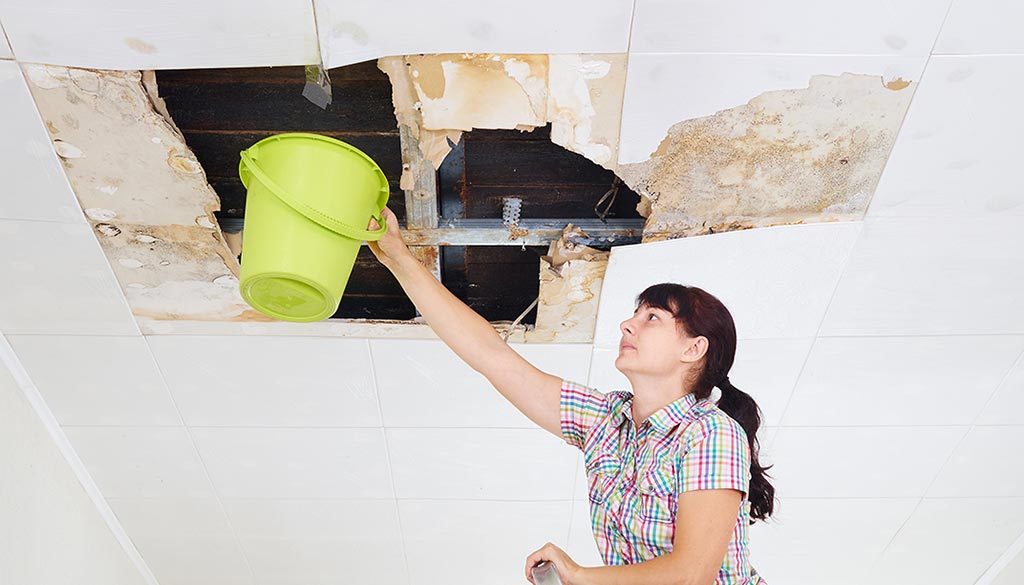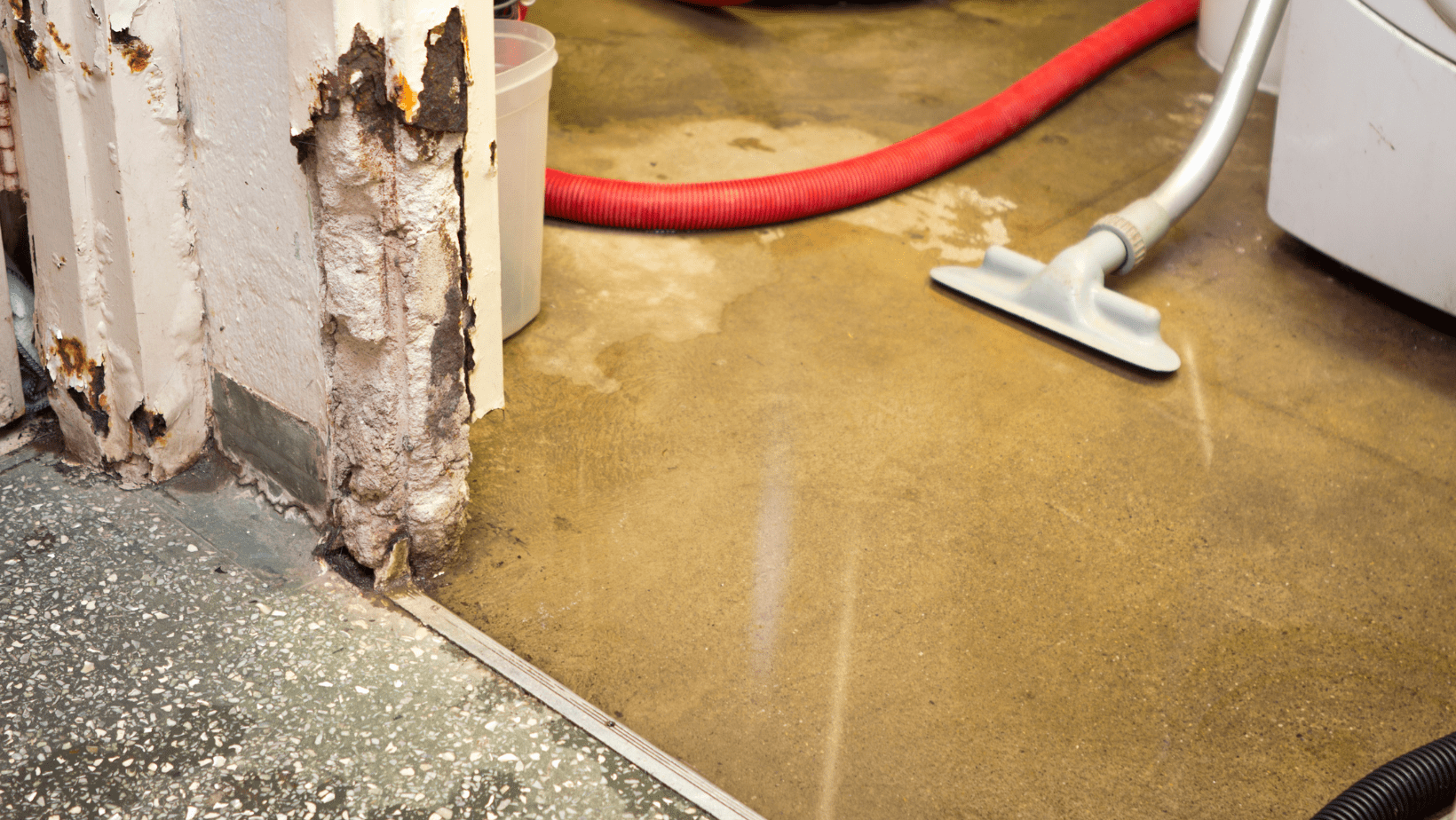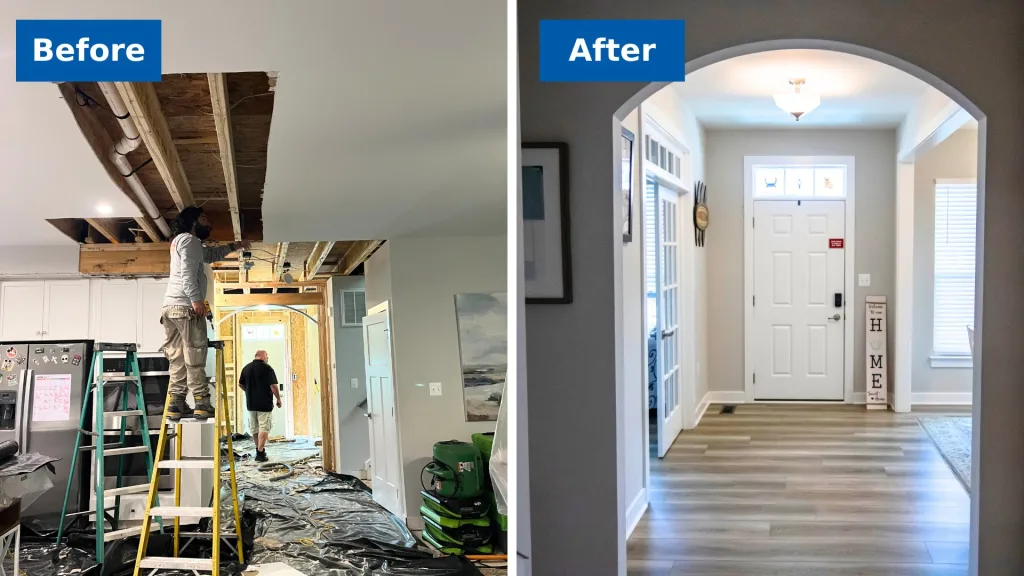Common Myths About Water Damage Cleanup Debunked
Vital Steps to Adhere To for Efficient Water Damages Repair in Your Home
When confronted with water damage in your house, understanding the important actions for efficient restoration can make all the distinction. You require to examine the damages and guarantee security before tackling the problem. Stopping the source of water is essential, however it's simply the start. As soon as you've handled that, there's a collection of activities you should take to safeguard your property from more concerns. Let's discover what you ought to do following.
Analyze the Damage
When you find water damages in your home, the initial step is to examine the damages thoroughly. Begin by determining the source of the water intrusion. Look for leaks, ruptured pipes, or various other problems creating the problem. Next off, analyze the affected areas for noticeable indications of damage, including bending, discoloration, or mold development. Do not neglect to look in concealed areas like behind walls or under floor covering, as water can leak right into these areas unnoticed.Document the damage by taking clear pictures and notes. When talking about the situation with your insurance coverage copyright or reconstruction professionals, this will help you. Focus on the kind of materials impacted, as various materials need various restoration techniques. Review the degree of the damages. Is it minor or considerable? Understanding the extent will direct you in determining whether to handle it on your own or employ the professionals for a much more extensive reconstruction procedure.

Guarantee Safety and security
Prior to you begin any type of remediation work, guaranteeing your security is essential. Evaluate the problem of your home. If the water's deep or if you notice electric threats, do not go into the area. Shut off the power and gas supply to avoid crashes. Use safety equipment like boots, masks, and handwear covers to protect yourself from pollutants or mold.It's vital to stay familiar with your surroundings; expect sharp things and unsafe surface areas. If the water is from a sewage backup, treat it as contaminated materials. Maintain pet dogs and kids far from affected locations to stay clear of exposure.Once you have actually taken these preventative measures, you can continue with the restoration procedure. Remember, your safety precedes, and if you're ever unclear, it's best to consult a professional. Taking these actions will aid ensure you prepare to take on the reconstruction securely and effectively.
Stop the Source of Water
After ensuring your safety and security, the following action is to stop the resource of water. Recognize where the leakage is originating from. It could be a burst pipeline, a defective device, or even hefty rain going into via a harmed roof covering. Transform off the main water supply to your home to protect against more flooding if it's a plumbing concern. For home appliances, disconnect them and shut off their supply of water valves.If the resource is outdoors, like rainwater, attempt to divert it away from your home utilizing sandbags or various other barriers. For minor leaks, you may be able to make use of tape or a sealer temporarily till a professional can fix it. Bear in mind, addressing the source swiftly is necessary to minimizing damage and stopping mold development. As soon as you have actually stopped the water, you'll be in a much better placement to carry on to the next action in the repair procedure.

Eliminate Excess Water
Act quickly to eliminate excess water, as standing water can lead to a lot more substantial damages and mold development. Collect your tools: a wet/dry vacuum cleaner, pails, and towels. You can utilize towels to soak up the wetness if the water is superficial. For deeper water, a wet/dry vacuum cleaner is your best wager. See to it to clear the vacuum cleaner frequently to stay clear of overflow.If the water is contaminated, like from a sewer back-up, put on protective gear, consisting of handwear covers and masks, to keep on your own secure. As soon as you've eliminated as much water as possible, inspect for surprise pockets of moisture in corners and under furniture, as these can nurture mold.Don' t neglect to switch off electrical home appliances and power electrical outlets in wet locations to avoid hazards. This preliminary step is important in lessening damages and establishing the stage for an effective restoration procedure.
Dry and Dehumidify the Location
It's important to dry and dehumidify the area completely when you've eliminated the excess water. Begin by utilizing dehumidifiers successfully to draw wetness out of the air and protect against mold and mildew development. Watch on humidity levels to guarantee the space dries completely.
Remove Standing Water
To successfully take on water damages, you need to focus on eliminating standing water as rapidly as possible. Begin by collecting needed tools, like a wet/dry vacuum cleaner or a pump, depending on the quantity of water. A vacuum ought to do the trick if the water is superficial. For larger quantities, a pump is much more effective. While functioning, ensure to wear protective gear to maintain on your own safe from pollutants. As you eliminate the water, focus on hidden areas like under furnishings or in edges where water may accumulate. Your space will certainly begin to dry out once you have actually gotten rid of the majority. This action is crucial, as sticking around water can cause mold growth and much more extensive damages.
Usage Dehumidifiers Properly
Just how can you efficiently make use of dehumidifiers to dry and evaporate your space? Beginning by placing your dehumidifier in one of the most affected location, ideally where water damage is most serious. Ensure to close all doors and windows to develop a closed setting. Turn on the dehumidifier and established it to the appropriate moisture level, normally around 30-50%. Empty the water collection storage tank frequently, or take into consideration using a version with a continuous drain alternative for convenience. If possible, make use of followers to enhance air flow, aiding the dehumidifier work much more effectively. Maintain the dehumidifier running until you're positive that the location is extensively dried out, stopping mold and mildew growth and additional damage (Flood Damage Restoration). This action is crucial for effective water damage remediation
Display Humidity Levels
Tracking moisture degrees is necessary during the drying process, as it aids guarantee your area stays totally free from excess dampness. Buy a reputable hygrometer to track humidity properly. Preferably, you intend to maintain degrees in between 30% and 50%. You might require to readjust your followers or dehumidifiers to boost air movement if moisture analyses rise above this variety. Examine the readings regularly, specifically in areas susceptible to wetness, like washrooms or basements. Think about enhancing air flow or utilizing extra dehumidifiers if you see persistent high moisture. Remaining on top of these levels not just accelerates the drying process however additionally stops mold and mildew development, guaranteeing your home stays comfortable and secure.
Clean and Disinfect Affected Surfaces

Restore and Fix Your Home
After cleaning and decontaminating the affected locations, it's time to restore and repair your home. Begin by evaluating the damages. Check for architectural issues, like deteriorated walls or floorings, and resolve any needed repair work. Changing damaged drywall or flooring is crucial for both aesthetic appeals and safety.If your furniture or belongings were affected, think about whether they can be salvaged or need replacement. Clean or properly restore items where possible.Next, repaint wall surfaces and touch up any areas that need focus. This not just boosts appearance yet additionally shields surface areas from future water damage.Don' t forget to examine your plumbing and home appliances for leakages, guaranteeing every little thing's operating correctly. Finally, consider setting up a dehumidifier to avoid future moisture concerns. By taking these steps, you'll recover your home to its former glory and produce a more secure living atmosphere.
Regularly Asked Concerns
The Length Of Time Does Water Damage Remediation Commonly Take?
Water damages restoration commonly takes anywhere from a few days to a number of weeks, depending on the extent of the damages (Water Damage Restoration St George UT). You'll wish to examine the scenario promptly to minimize more problems and guarantee appropriate repair
Will My Insurance Coverage Cover Water Damage Remediation Costs?
Your insurance policy could cover water damages reconstruction prices, but it relies on your policy. Examine your insurance coverage details and call your insurance coverage representative to clarify what's consisted of and what you need to sue.
Can I Deal With Water Damages Repair Myself?
You can take care of water damages restoration on your own, however it's important to assess the scenario initially. You could want to call specialists if it's comprehensive. Constantly prioritize security and guarantee you've obtained the right tools.
What Are the Signs of Hidden Water Damages?
You might see indications of covert water damages like warped wall surfaces, musty smells, or staining. If your read more floors really feel squishy or you spot mold, it's time to explore further before the scenario intensifies.
Exactly How Can I Stop Future Water Damages in My Home?
To avoid future water damage in your house, you should on a regular basis check plumbing, seal fractures, preserve gutters, and warranty appropriate drainage. Setting up a sump pump and dampness barriers can additionally aid keep your area completely dry. When you find water damages in your home, the first action is to analyze the damages extensively. Act swiftly to remove excess water, as standing water can lead to a lot more substantial damages and mold growth. To properly deal with water damages, you need to focus on getting rid of standing water as promptly as possible. As you eliminate the water, pay attention to hidden areas like under furniture or in edges where water may gather. Water damage remediation commonly takes anywhere from a couple of days to numerous weeks, depending on the degree of the damage.